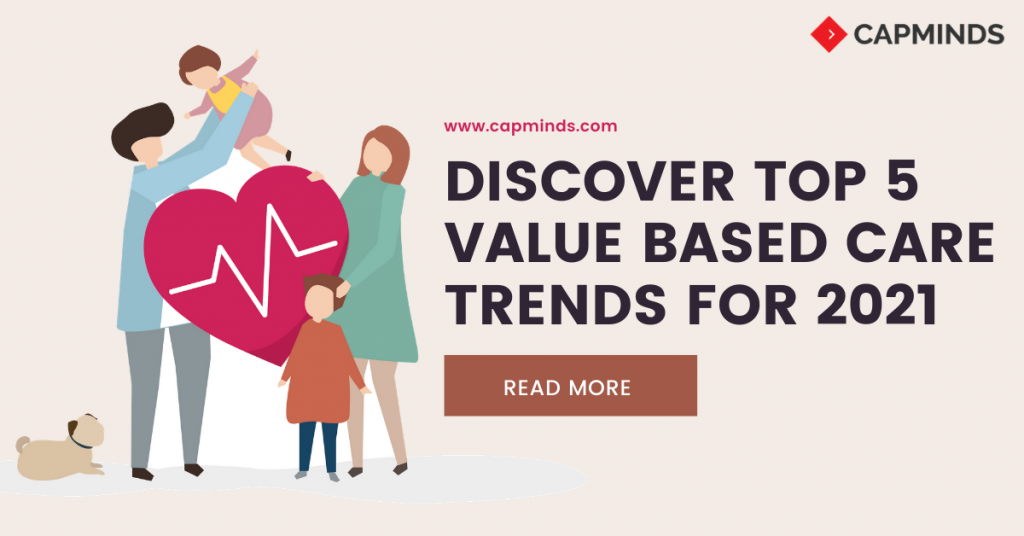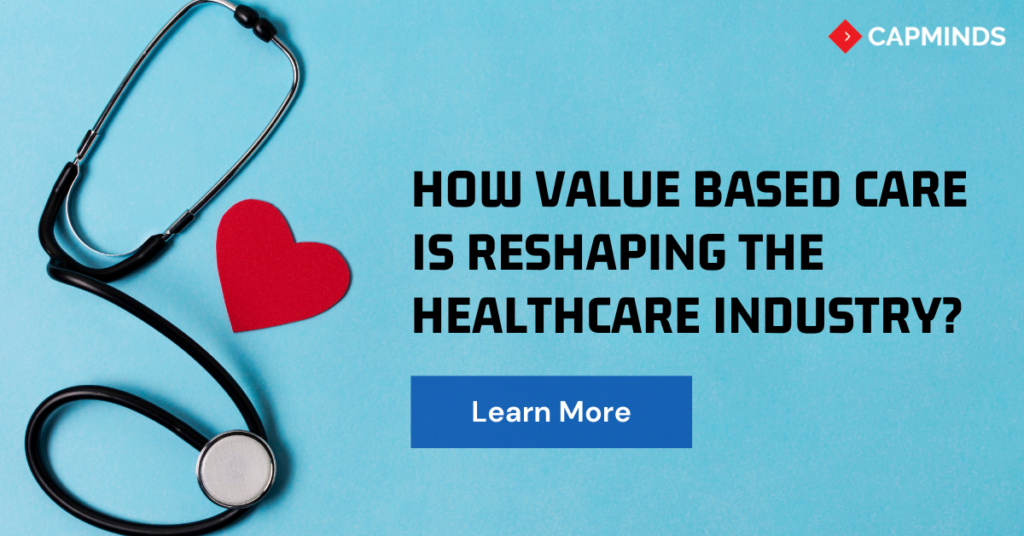How Value Based Care Is Reshaping The Healthcare Industry?
Today,
value-based care is expected to transform how healthcare is delivered in the
US. This article explains to you all about value-based healthcare and how it is
changing the healthcare industry today and in the future.
What
is value-based care?
VBC
describes a category of reimbursement models used by public health programs
(e.g., Medicare and Medicaid) and private health insurance companies to reward
healthcare providers for the quality and value of care they deliver to
patients.
Many
healthcare providers engaging in value-based care programs today are doing so
in a challenging environment. They are using technologies and workflows that
are not fit for that purpose and trying to comply with clinical documentation
requirements for which they were not trained. They also lack contextualized
data and evidence to support effective decision-making for community-based care
management.
RELATED: DIGITAL HEALTH: THE NEXT BIG THING IN VALUE BASED CARE
How
we can improve value-based care?
Eager
to advance value-based healthcare goals, despite the misalignment with
physicians, health plan providers have long calculated that it might be easier
to improve VBC performance by means other than provider engagement. To this end,
they have built infrastructure, including patient portals and nurse-driven care
management models, to engage beneficiaries directly in chronic disease
management.
They
also introduced incentive plans as part of the benefit design to encourage
healthy behaviors. They have employed documentation specialists to mine patient
encounter data and physician notes so that additional diagnoses can be added to
healthcare claims.
Health
plan and service providers that have already moved in this direction —
especially those who have deployed technology solutions to provide physician
support at scale — have found difficulty doing so.
Tools
offering AI-assisted clinical decision support for VBC often are not trusted by
providers, who must be able to explain their rationale as a matter of managing
malpractice liability. It is safe to say that if we want to increase the
adoption of new processes, we must decrease the burden to do so.

Heading
towards the future of value-based care
The
year 2021 could prove to be a “landmark year” for increased adoption of VBC by
clinicians, health plan providers, and government agencies. According to the
Centers for Medicare and Medicaid (CMS), VBC will become the norm. CMS expects
that by 2025, 100% of Medicare providers will be in a two-sided risk
arrangement and half of Medicaid contracts in some form of VBC program.
Plan-provider
collaborations and the economy of companies supporting VBC need to make real
investments in empowering those clinicians who can lead change. Any new tools
and technologies for true transformation for VBC will need to be built on the
insights that come from that effort.
Successful
implementations will need to include novel workflows that incorporate health
plan and provider priorities and innovative technologies that contribute to
provider success at the point of care.
The
ultimate winner will be the organization that can pair the duality of health
plans and healthcare provider priorities with the adoption of the right
technology to automate activities that scale effective and sustained solutions.
How
CapMinds can help?
To make smart choices on the winning side, healthcare organizations should prepare now to excel at managing their financial and clinical risk smartly. At CapMinds we help healthcare providers by providing the best EHR implementation and customization services to achieve truly value-based care.

 Author: Pandi Paramasivan
Author: Pandi Paramasivan


